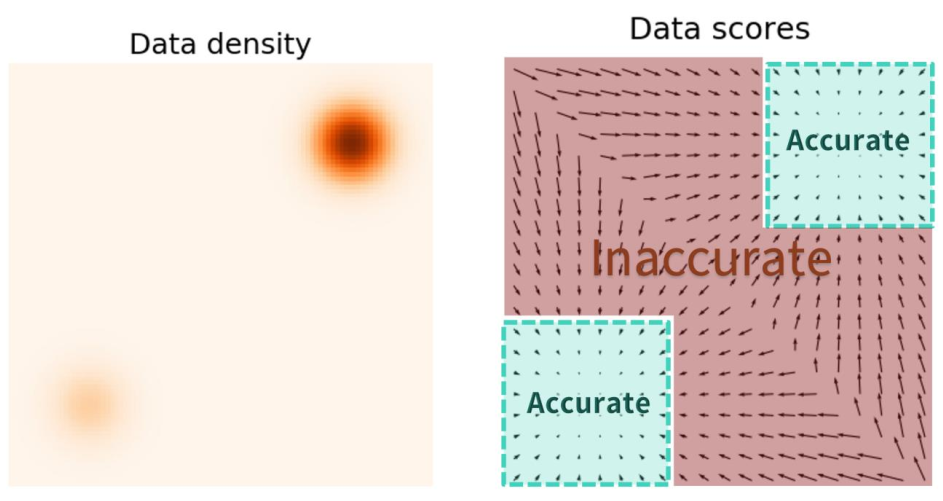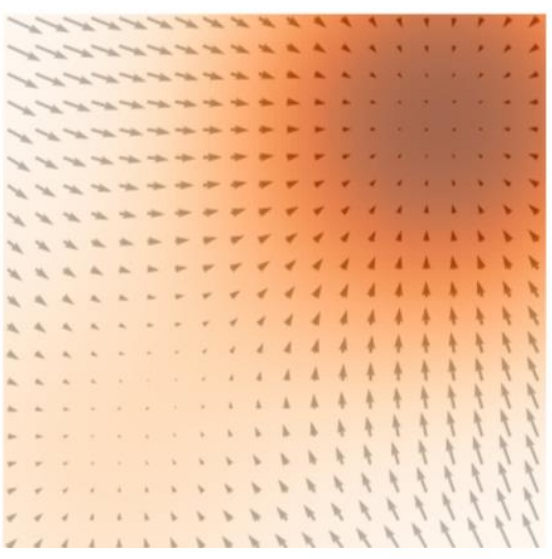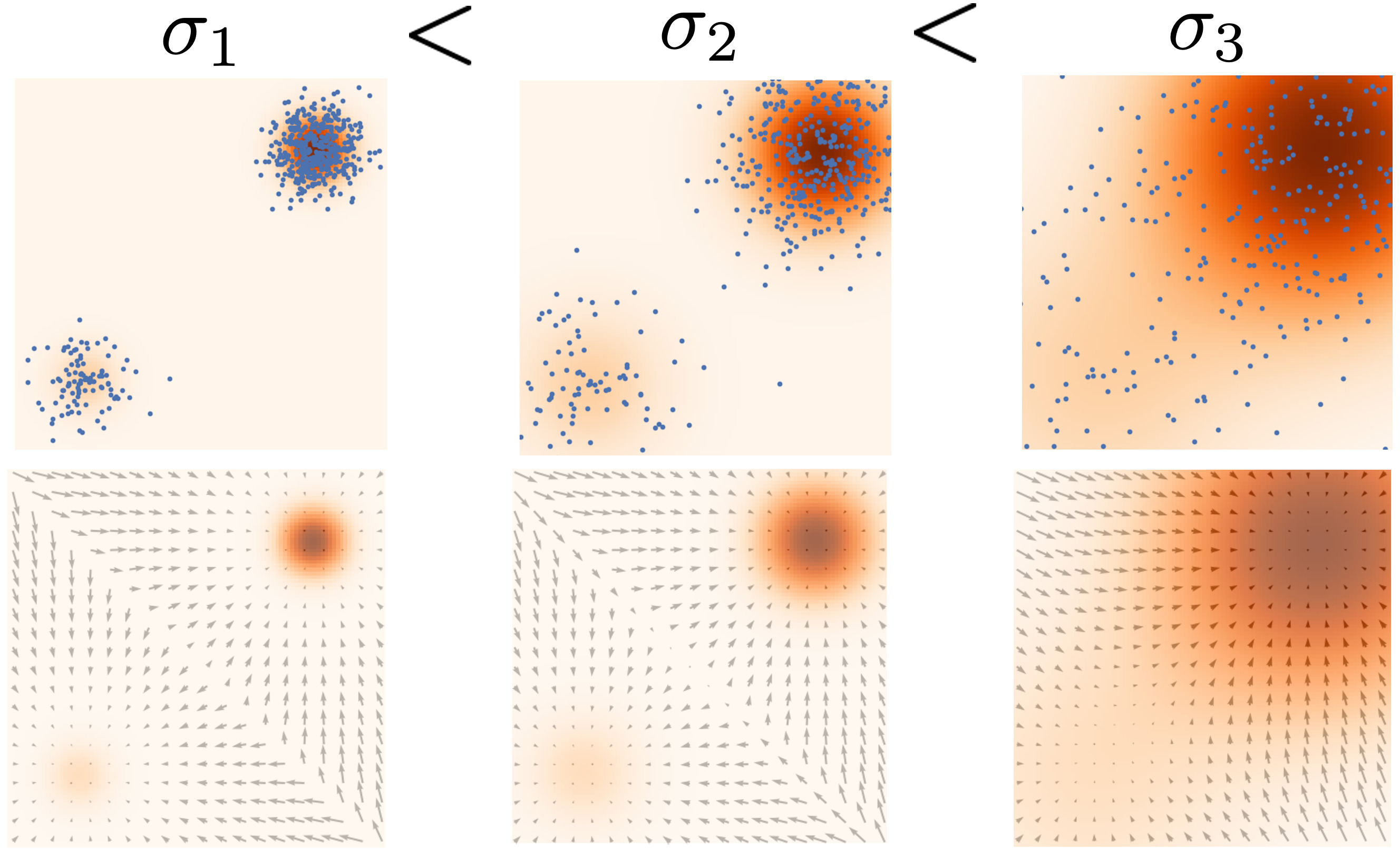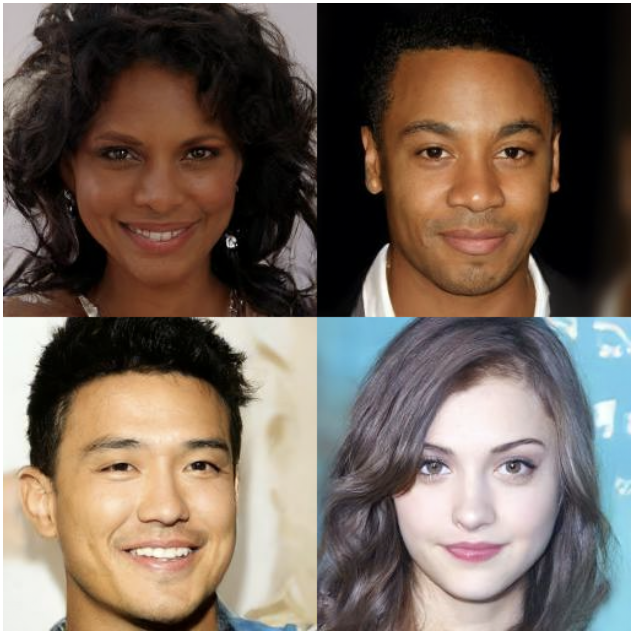Denoising diffusion using Stochastic Differential Equations
Reminders: score modeling
The score function of a probability distribution with density \(p(x)\) is the gradient of the log-density: \[ \nabla_x \log p(x) \]
Working with this quantity has several advantages:
- Bypasses the normalizing constant problem
- Allows for sampling using Langevin algorithm
- It is possible to learn \(s_\theta(x) \sim \nabla_x \log p(x)\)
Evolution of the score modeling approach
Initial proposal: score matching(Hyvärinen and Dayan 2005)
The quantity \(Trace\left(\nabla_x^2 \log p_\theta(x)\right)\) is difficult to compute
The score is untractable in low density areas
Given \(\{x_1, x_2, ..., x_T\} \sim p_\text{data}(x)\) Objective: Minimize the quantity \[ E_{p(x)}\left[\frac{1}{2}|| \log p_{\theta}(x)||² + Trace\left(\nabla_x^2 \log p_\theta(x)\right)\right]\]

Evolution of the score modeling approach
Initial proposal: score matching(Hyvärinen and Dayan 2005)
Learning the score of a noisy distribution(Vincent 2011)
No score of noise-free distribution

Loss: \(\mathbb{E}\left[\frac{1}{2}\left|\left| s_\theta(\tilde{x})- \frac{\tilde{x}-x}{\sigma²}\right|\right|²\right]\)
Evolution of the score modeling approach
Initial proposal: score matching(Hyvärinen and Dayan 2005)
Learning the score of a noisy distribution(Vincent 2011)
Denoising diffusion models(Sohl-Dickstein et al. 2015), annealed Langevin dynamics(Y. Song and Ermon 2019)
- Gradually decrease noise in the distribution
- Can obtain non noisy samples

Noise conditional score model, with objective : \[ \frac{1}{L} \sum_{i=1}^L \lambda(\sigma_i) \mathbb{E}\left[\left\lvert\left\lvert s_\theta(x_i, \sigma_i) - \frac{(\tilde{x}_i - x_i)}{\sigma_i²}\right\rvert\right\rvert ² \right] \]
Evolution of the score modeling approach
Initial proposal: score matching(Hyvärinen and Dayan 2005)
Learning the score of a noisy distribution(Vincent 2011)
Denoising diffusion models(Sohl-Dickstein et al. 2015), annealed Langevin dynamics(Y. Song and Ermon 2019)
DDPM beats GAN(Ho, Jain, and Abbeel 2020)!

What is DDPM?
- Forward process \(x_t = \sqrt{1-\beta_t} x_{t-1} + \sqrt{\beta_t} z_t\)
- A denoiser \(\epsilon_\theta(., t)\), parameterizing the score function
- Backward process \(x_{t-1} = \frac{1}{\sqrt{1-\beta_t}} \left(x_t - \frac{\beta_t}{\sqrt{1-\alpha_t\alpha_{t-1}}}\epsilon_\theta(x_t, t)\right) + \sigma_t z_t\)
- A simple training objective \(L_\text{simple}=\left|\left|\epsilon-\epsilon_\theta\left(\underbrace{\sqrt{\bar{\alpha_t}}x_0+\sqrt{1-\bar{\alpha_t}}\epsilon}_{\text{Forward estimate of } x_t \text{ given } x_0},t\right)\right|\right|^2\)
- This objective is equivalent to the denoising score matching objective
Algorithm

Questions/Problems
- Can we unify DDPM and other approaches in a common framework?
- Number of timesteps \(T\) needs to be fixed before training
- Can we fasten the sampling, ideally without needed re-training?
- Can we model the data in a deterministic way using score modeling?
Proposed solution: Score modeling using Stochastic Differential Equations(Y. Song et al. 2021)!
Ordinary Differential Equations (ODE)
Equations of functions, of the form \(\frac{dx}{dt} = f(x, t)\) (order 1).
- Unique solution for any initial condition \(x(t_0)\)
- Geometric interpretation using vector fields
Stochastic diffential equations (SDE)
Equation of time-dependent stochastic processes, noted \(X_t\).
They are of the form
\(dx = \underbrace{f(x, t)dt}_{\text{"drift" term}} + \underbrace{g(t) dW_t}_{\text{"diffusion" term}}\),
where \(W_t\) is a “standard Wiener process” or Brownian motion.
They are used in many domains (finance, physics, biology, and even shape analysis)
Differences between SDE and ODE
Given an initial condition, an SDE has now multiple possible realizations!
The initial condition is now always \(x_0\), the time only goes Forward
Solving an SDE means looking for the trajectories density \(p_t(x)\)
Brownian motion
A stochastic process \(W_t\) is a Wiener process, or Brownian motion, if:
- \(W_0 = 0\)
- \(W_t\) is “almost surely” continuous
- \(W_t\) has independent increments
- \(W_t - W_s \sim \mathcal{N}(0, t-s), \text{ for any } 0 \leq s \leq t\)
If we sample 100 trajectories, we obtain: